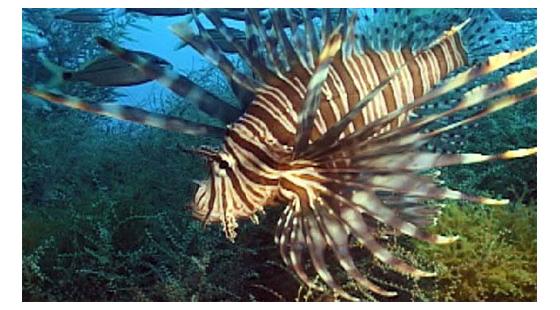Frugal and Environmentally Friendly Eating
 Lionfish is an is an invasive species in the Atlantic. Spearfishing them and eating them is therefore generally acknowledged to be a cheap and responsible source of protein. Monday Never's VLOG is an entertaining introduction to the topic. Many websites offer advice on the topic. Do your own research and come to you own conclusions!
Lionfish is an is an invasive species in the Atlantic. Spearfishing them and eating them is therefore generally acknowledged to be a cheap and responsible source of protein. Monday Never's VLOG is an entertaining introduction to the topic. Many websites offer advice on the topic. Do your own research and come to you own conclusions!The NOAA website states:
Since lionfish are not native to Atlantic waters, they have very few predators. They are carnivores that feed on small crustaceans and fish, including the young of important commercial fish species such as snapper and grouper.
Unfortunately, NOAA researchers have concluded that invasive lionfish populations will continue to grow and cannot be eliminated using conventional methods. Marine invaders are nearly impossible to eradicate once established.
A NOAA fact sheet states that young lionfish have been found as far north as the states of New York and Rhode Island.
The Guardian reports that they are now found in the Med.









